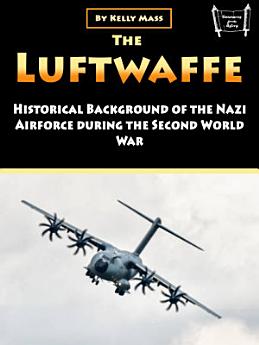The Luftwaffe: Historical Background of the Nazi Airforce during the Second World War
About this ebook
The Treaty of Versailles had explicitly forbidden Germany from possessing military aircraft, but German aviation enthusiasts and military planners found creative ways to circumvent these restrictions while laying the foundation for future air power development. Commercial aviation companies like Junkers and Heinkel continued aircraft development under civilian auspices, while German pilots gained experience flying in the Soviet Union through secret cooperation agreements that benefited both nations. The German gliding movement, which flourished during the 1920s, provided basic aviation training to thousands of young Germans who would later form the nucleus of the Luftwaffe's pilot corps.
Hermann Göring's appointment as Reich Minister of Aviation in 1933 marked the beginning of the Luftwaffe's rapid expansion and institutionalization as a major component of German military power. Göring, a World War I fighter ace and early Nazi Party member, possessed both the aviation experience and political connections necessary to build a modern air force while navigating the complex bureaucratic landscape of Nazi Germany. His leadership, while sometimes erratic and increasingly divorced from operational realities, provided the political support and resources needed to transform German aviation from a collection of secret programs into a unified military service.








